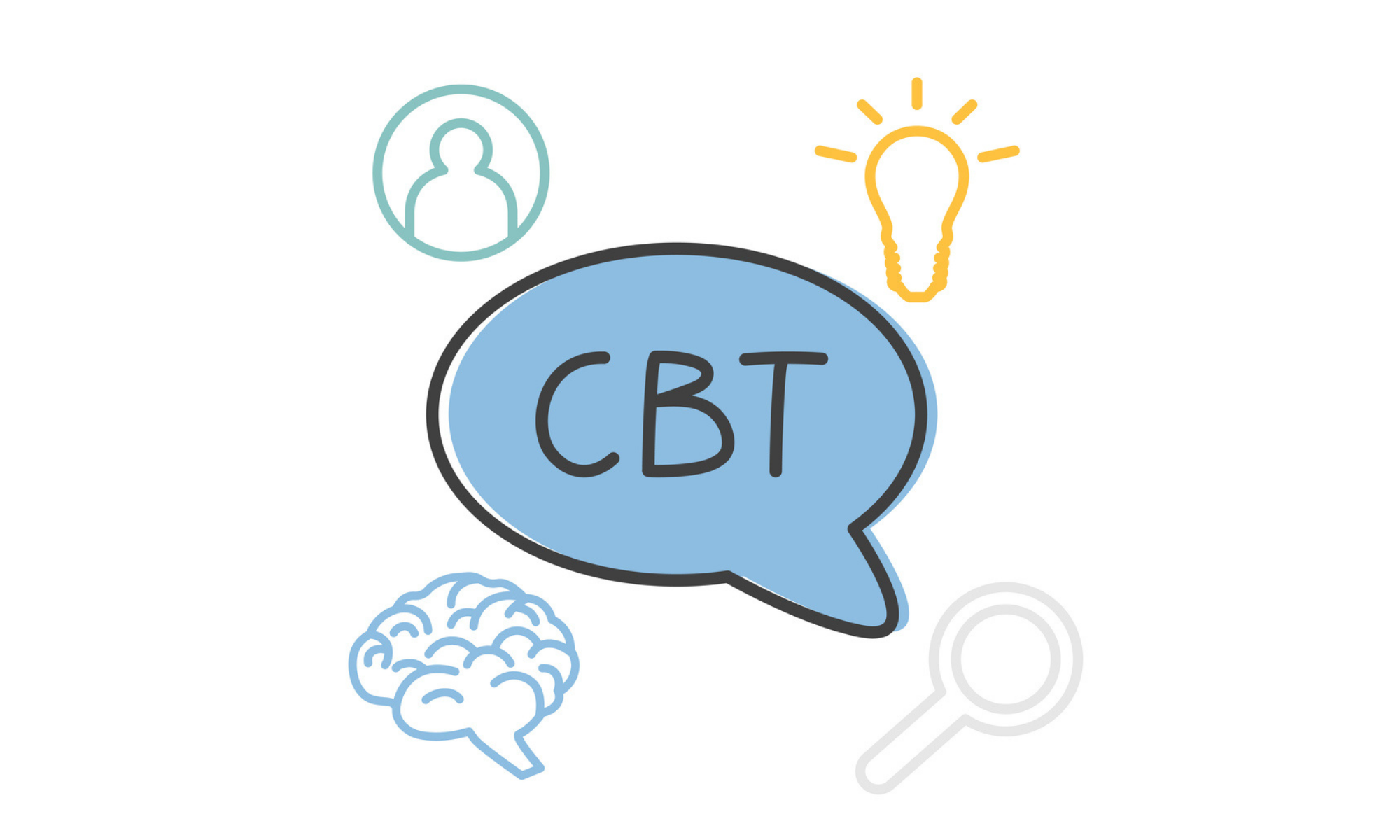Workplace Stress and Burnout: When to Seek CBT Support
.png)
Feeling exhausted after work, drained before the weekend? Stop the cycle, recognize burnout symptoms, and reclaim your energy.
Understanding the cycle.
Escaping the burnout cycle is challenging because we often reinforce it without realizing it. Imagine this: you dread going to work, and by the time you come home, you’re completely drained. You tell yourself, “I can’t do anything.” Instead of true rest, you grab your phone, lie in bed, and scroll.
Here’s the catch: scrolling feels like doing “nothing,” but in reality, it’s doing something—and research shows it doesn’t actually relax us. Instead, it distracts from exhaustion, giving temporary relief. That brief comfort makes us more likely to repeat it tomorrow. The next morning, the cycle begins again: dread, fatigue, distraction, repeat.
Psychologists call this avoidant coping (Almén, 2021)—any strategy that suppresses emotions rather than addressing them. Examples include phone use, substance use, or stress eating. These may numb feelings in the moment but leave them unresolved.
Team Voices: Here is what one of our providers at Cognito has to say:
“As a therapist, I spend my days holding space for others’ emotions and growth, guiding them toward healing. The work is deeply meaningful but emotionally demanding, and burnout can set in quickly if I’m not mindful of my capacity.
To protect my energy, I focus on the “life” in work-life balance - making space for play, connection, and exploration, whether that’s seeing friends, travelling, or trying new foods. Small daily habits matter just as much - regulating my body through breathing and movement, staying nourished and hydrated, and pausing between sessions so I can be fully present for the next person.
I’ve learned that preventing burnout isn’t about pushing through; it’s about meeting my needs and pacing myself so my work remains meaningful and sustainable to me.” – Rhiannon Harding, Registered Clinical Counsellor
Burnout in Different Areas of Life
Most people connect burnout to work, but as noted by Abramson (2021), and Rahmatpour et al. (2019), it can affect nearly any area of life where demands outweigh capacity:
- Work burnout – Emotional exhaustion, detachment from your job, loss of productivity, and ongoing fatigue.
- Caregiver & parental burnout – Whether supporting a family member, child, or client, the constant demands can lead to frustration, depletion, and neglect of personal needs. Compassion fatigue—the emotional cost of caring for others—can compound this, especially for people in healthcare, support, or teaching roles.
- Academic burnout – Students may face chronic stress, low motivation, tension headaches, and disrupted sleep.
Across all these areas, burnout is marked by the same imbalance: sustained effort with too little reward. When the balance between what you give and what you receive feels unbalanced, exhaustion follows.
Symptoms of Burnout
Burnout also shows up with distinct symptoms to watch for (Government of Canada, 2025):
- Insomnia or restless sleep
- Hopelessness or feeling “stuck”
- Internalization (turning stress into self-blame or criticism)
- Chronic fatigue
- Headaches or stomach issues
- Irritability
- Decreases in Empathy
The longer this imbalance continues, the worse the symptoms become. Identifying which area of your life is most affected helps you target the right strategies to restore balance.
Short bursts of stress, like a week of exams, can be tolerable. But when stress is drawn out for months without relief, burnout intensifies. The longer the imbalance lasts, the harder it is to recover. Identifying which area of your life is most affected helps you target the right strategies to restore balance.
Your Next Steps
The first step in addressing burnout is understanding its root. Do you find yourself ruminating about work until it drains you? Do you struggle with a low mood that makes daily tasks harder? Or have you had long-standing productivity challenges that may suggest ADHD?
The right diagnosis always precedes the right treatment. That’s why we recommend seeking guidance from a licensed professional who can help you identify the cause and create a plan. Whether you’re looking for clarity, medication, or evidence-based lifestyle changes, Cognito Health is here to help.
New? Get started here or for specific burnout tips, check out our other blog post here
Written by: Danial
References
Abramson, A. (2021, October 1). The impact of parental burnout. Monitor on psychology. https://www.apa.org/monitor/2021/10/cover-parental-burnout
Almén, N. (2021, March 26). A cognitive behavioral model proposing that clinical burnout may maintain itself. International journal of environmental research and public health. https://pmc.ncbi.nlm.nih.gov/articles/PMC8037062/
American Psychological Association. (2023, May 12). Employers need to focus on workplace burnout: Here’s why. American Psychological Association. https://www.apa.org/topics/healthy-workplaces/workplace-burnout
Government of Canada, C. C. for O. H. and S. (2025, August 28). Mental health - job burnout. https://www.ccohs.ca/oshanswers/psychosocial/mh/mentalhealth_jobburnout.html
Rahmatpour, P., Chehrzad, M., Ghanbari, A., & Sadat-Ebrahimi, S.-R. (2019). Academic burnout as an educational complication and promotion barrier among undergraduate students: A cross-sectional study. Journal of Education and Health Promotion, 8(1). https://doi.org/10.4103/jehp.jehp_165_19

.png)








